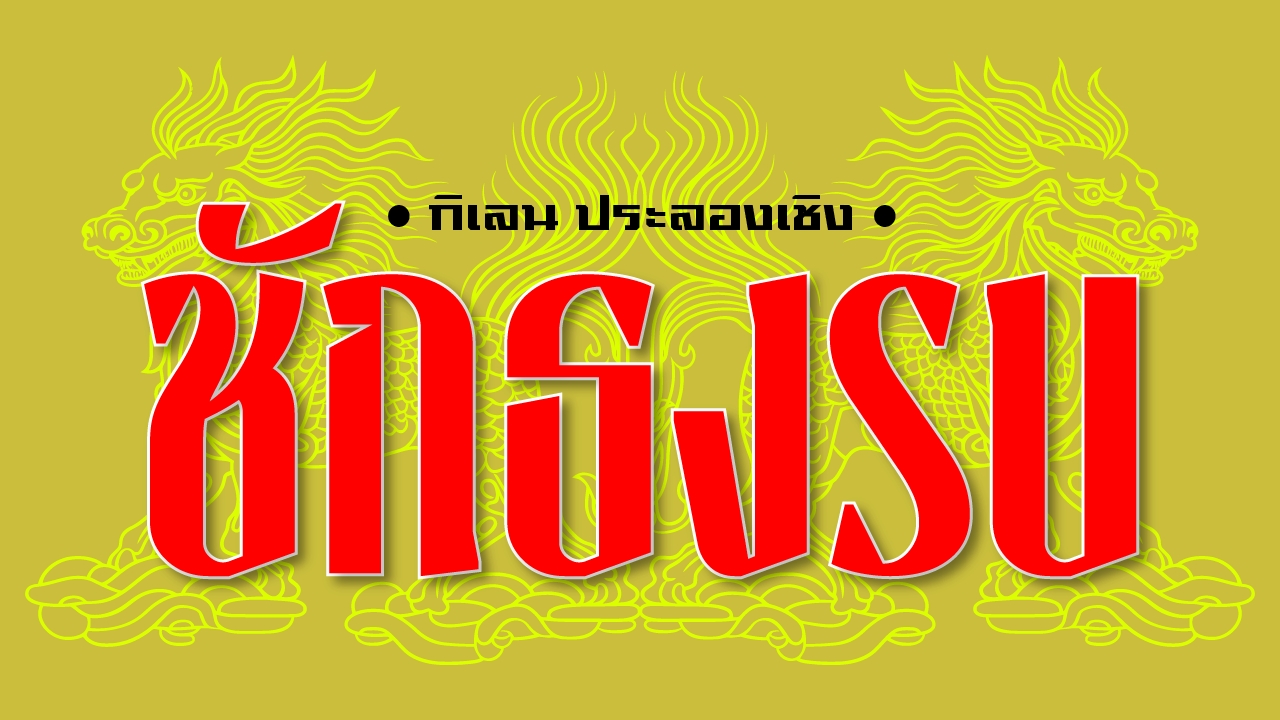
In the preface of “Sanskrit Literary Dictionary,” author Thongsuk Keturoj mentions that some terms may differ from previous perceptions. The article explores the character Sita from the Indian epic Ramayana and the Ramakien of Thailand, noting her heavy burdens among female protagonists.
Sita is depicted with multiple names, including Ayoniṃśā (born from the earth) and Veditā (daughter of Earth). She is considered an incarnation of the goddess Lakshmi, born to bring downfall to the powerful yet evil king Ravana.
The narrative describes Sita as the daughter of King Janak and the wife of Rama, stating that she was born from a furrow in a plowed field. Sita symbolizes purity, gentleness, and love, particularly in her marriage to Rama.
When Rama is exiled, Sita follows him but is abducted by Ravana. Despite being pursued with love and threats by Ravana, Sita remains loyal to Rama. Upon Rama’s triumph over Ravana, he questions Sita’s chastity, prompting her to prove her purity through a trial by fire, which she survives, upheld by fire deities.
Despite the proof of her purity, Rama’s jealousy persists, and when Sita becomes pregnant, he banishes her to the forest. She gives birth to twins, Kusha and Lava, who later become acknowledged by Rama.
As time passes, Rama realizes his mistake and wishes to welcome Sita back, but she, hurt by his rejection, appeals to the Earth to affirm her purity. Miraculously, the Earth opens up to take her back, leading to a sorrowful conclusion where Rama, regretful of his actions, ends his life.
Sita’s story draws parallels with other women who face challenges and criticism, reflecting both beauty and capabilities that shine amidst adversity.
Kilen Plongchong
Click to read more from the “War Drum” column
This article was rewritten from a Thairath’s news article.





